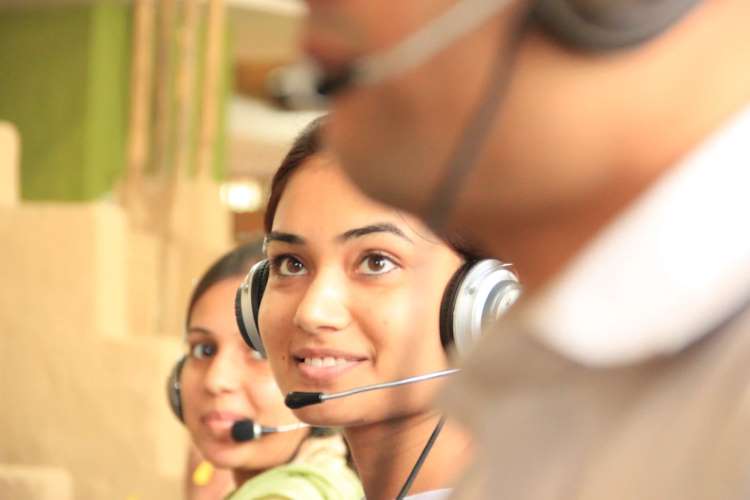
In its latest avatar, the Pradhan Mantri Kaushal Vikas Yojana is expected to focus on inclusion of women in the workforce and increasing female labour force participation. PMKVY 4.0 is likely to be launched next month with specialised training projects for women in non-traditional jobs. This includes women employed in running and maintaining electric vehicles, installing solar rooftops, and other male dominated job areas. The government looks to cover reskilling and upskilling programmes for tribals and for workers who lost jobs during the Covid-19 pandemic crisis.
The skills development and entrepreneurship ministry (MSDE) is awaiting the approval of the Union cabinet for PMKVY 4.0. With the coronavirus pandemic changing industry dynamics, the government is looking to improve the existing scheme to better suit current circumstances. The government has also taken cognizance of the dismal female participation rate in the workforce. The focus on women empowerment may help India reap the benefits of demographic dividend.
READ | Big tech continues to skirt competition, tax laws; savvy regulation need of the hour
The skilling programme may also prove useful to the marginalised communities as the government has plans to provide them access to micro entrepreneurship by imparting knowledge for the same.
While PMKVY 4.0 was supposed to be launched earlier, the work for the same got delayed owing to the pandemic. In fact, the targets set under the previous version have spilled over to the current financial year.
What is PMKVY 4.0
Launched in 2015, PMKVY 4.0 is the fourth leg of a government initiative to impart short duration skill development training and certification to youth including rural poor and unemployed youth. The aim of PMKVY is to make them employable for better livelihood across the country. PMKVY falls under the Skill India Mission. Nearly 1.32 crore candidates have benefited from the scheme up to 2021. The programme is central to meeting the surge in demand for workforce across more than a dozen sectors which are getting government support under the production-linked incentive scheme (PLI).
Under the scheme, there are various provisions for target groups such as conveyance cost, boarding and lodging, transportation, post-placement support, and reward money.
India is endowed with human resources as it is home to the second largest population in the world. It is expected to leave behind China next year to become the most populous nation. While this means a huge potential to the Indian economy, the country has so far been unable to benefit from the demographic dividend. The country is suffering from jobless growth.
About 64% of India’s population is expected to be in the working age group of 15-59 years by 2026. India is expected to have the largest workforce in the world by 2025. While India will have a surplus working population, by the same year, the world is expected to face a shortage of 56.5 million skilled workers.
Shortfalls of PMKVY
The ambitious Skill India Mission has met with its own set of shortcomings. There is a huge gap in the good quality training infrastructure, lack of holistic skills which translates into inability to upgrade according to market demand, and absence of a monitoring authority which can impose nation-wide vocational education and training standards.
READ | G20 presidency: India must focus on climate action, malnutrition
There are also other visible issues such as the lack of an integrated on-site apprenticeship training, inadequate industry interface, insufficient financing of vocational education and training system, scarce training capacity, poor quality outcomes, and shortage of qualified trainers. Analysts have also pointed out the need for private investment to make the initiative successful.
Like all other government initiatives, there is an issue of leakage. While the government provides funds under the initiative, it was found that vocational trainers and assessing bodies, which are private entities, siphoning off these funds without offering quality training to people who enrolled for the programme.
There have been three major challenges to skills development in India, according to the World Economic Forum. These are expansion of public sector collaboration with industry and the private sector, creation of pathways for international mobility and low participation of women in the labour force. The government has decided to take action on the third, but to what extent it will succeed remains to be seen.
Prachi Gupta is an Assistant Editor with Policy Circle. She is a post graduate in English Literature from Lady Shri Ram College For Women, Delhi University. Prachi started her career as a correspondent with financialexpress.com. She specialises in policy impact studies.

